ScuzzBlog: Diaries February 2022
Entry 24th February 2022: Post 1: Calculators - SR-1800, TI Programmer, fx-82C.
Calculators - SR-1800, TI Programmer, fx-82C.
Was retrieving my original Commodore calculator and also the Casio
calculator which was the calculator that followed after its demise
and came across a couple of quite interesting calculators that I
don't think I have featured previously on the blogs. So here goes.
The first is the Commodore SR-1800 scientific calculator, 1976. It
is rumoured that Commodore made more profit from calculators than
any other product they made. Not sure if that is true, but one of
things they did in the seventies was use the same components for a
large number of models. That coupled with low cost LED made the
products cheap to make and returned a good profit.
This computer uses the Commodore GHU-03A plus the KGHU-01T CPU. The
operating logic is 'algebraic' and features a 12 digit VFD.
The second calculator is a little different , the TI Programmer by
Texas Instruments. I read a descriptive of this calculator as being
pretty useless. It is a calculator that was designed for programmers.
For not only does it work with base-10 but also base-8 and base-16.
Basically this means that it does calculations in decimal, octal
and hexadecimal number system. It can also convert binary nibbles
into hexadecimal numbers.
[ quote Texas Instruments ]
Hexadecimal. Octal. Decimal. Performs fast, accurate conversions
and calculations in any of these number bases. Enter a number in
base 8, 10 or 16. TI Programmer can quickly convert to either of
the other bases. Rapidly handle arithmetic computations in all
three bases. Ideal for use with any size computer. TI Programmer
uses integer "two’s complement" arithmetic in hexadecimal and
octal bases. Three key memory lets you store, recall, or sum to
memory contents. Decimal base features signed floating point
arithmetic for convenience in day-to-day math. Can multiply the
effectiveness of anyone in computer programming. [ end quote ]
Dates from 1977 and uses TMCO983 (ZA0675) integrated circuits.
When I read that a calculator has independent memory with summation
to memory capability, I kinda am amazed at how complex these seventies
calculators were at a time before home computers. And yet such maths
is just not discussed in the context of computers today. There is
a whole world associated with these calculators if you take the
time to study them. The depth to this particular pond is bottomless.
Anyhoo back to the Casio fx-82c. I have been steadily putting back
together my various work tools that I would have used prior to the
introduction of the home computer to my world. The collection would
not be complete without the two calculators that I used sequentially
each and very working day of my post logarithmic table era. I was
kinda sad the day that both these early calculators died. I did
try to replace the batteries on the Casio, but with no joy.
That was that, just a small hand held interlude. I said in a previous
blog that I did consider collecting calculators, but truthfully
there are just way too many of them.
I will finish today with something that a guy would say to me every
time I lost my calculator. I would shout out, has anyone seen my
calculator. To which the replay came.'There is one on your computer'
Kinda sums the plight of the hand held calculator. Sad really.
Calculators - SR-1800, TI Programmer, fx-82C.
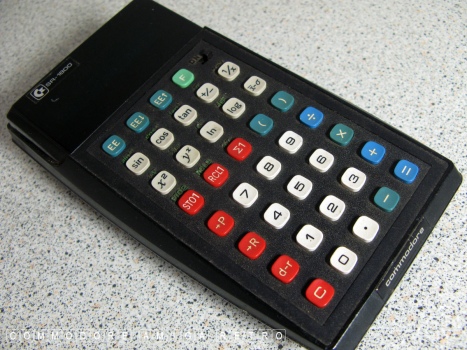
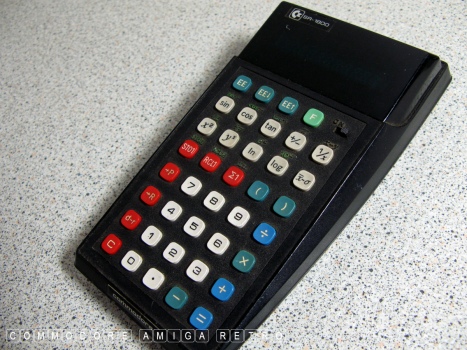
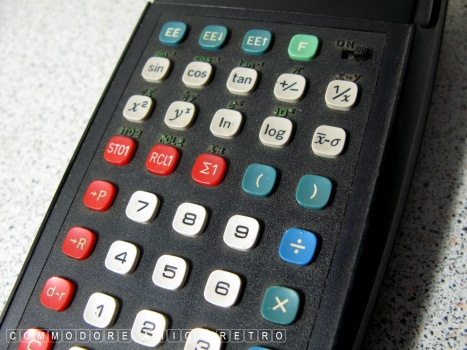
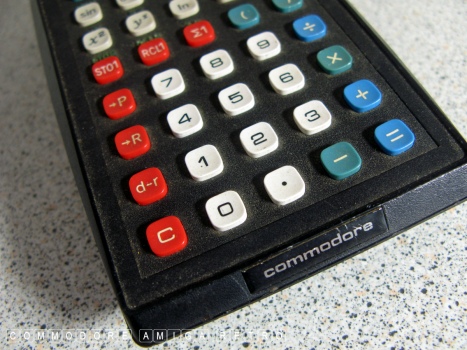
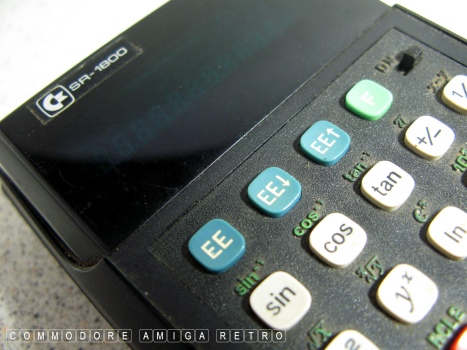
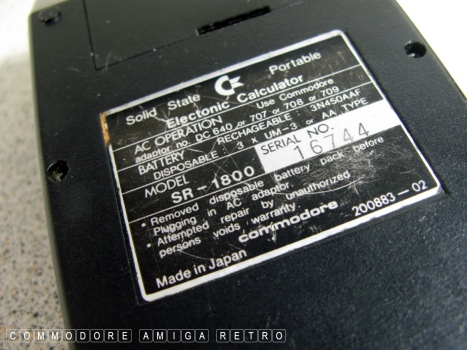
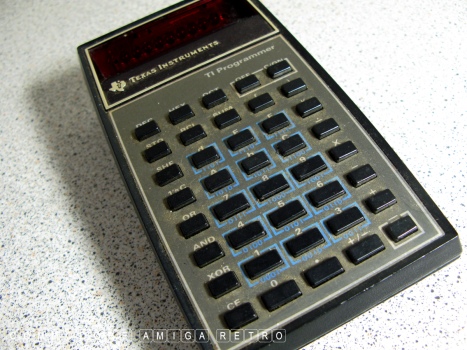
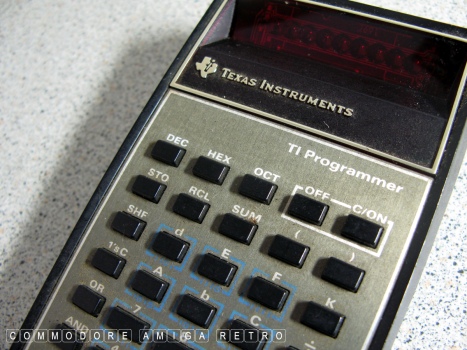

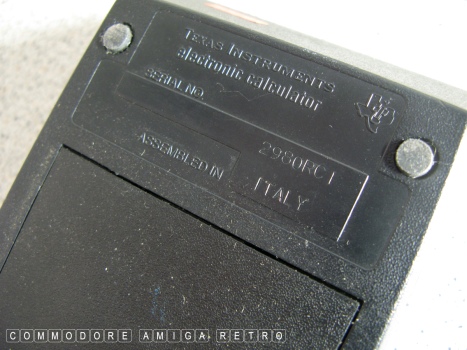

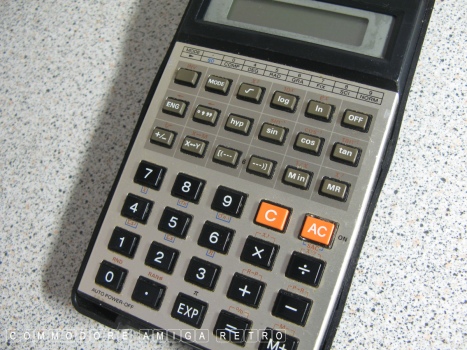
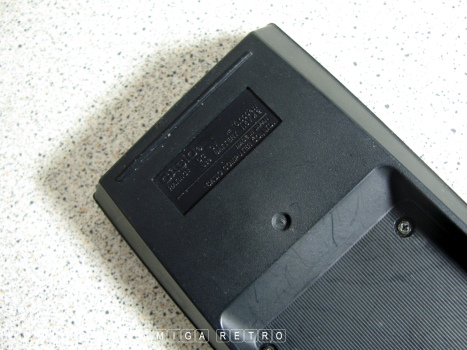


|

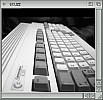
![]()


![]()